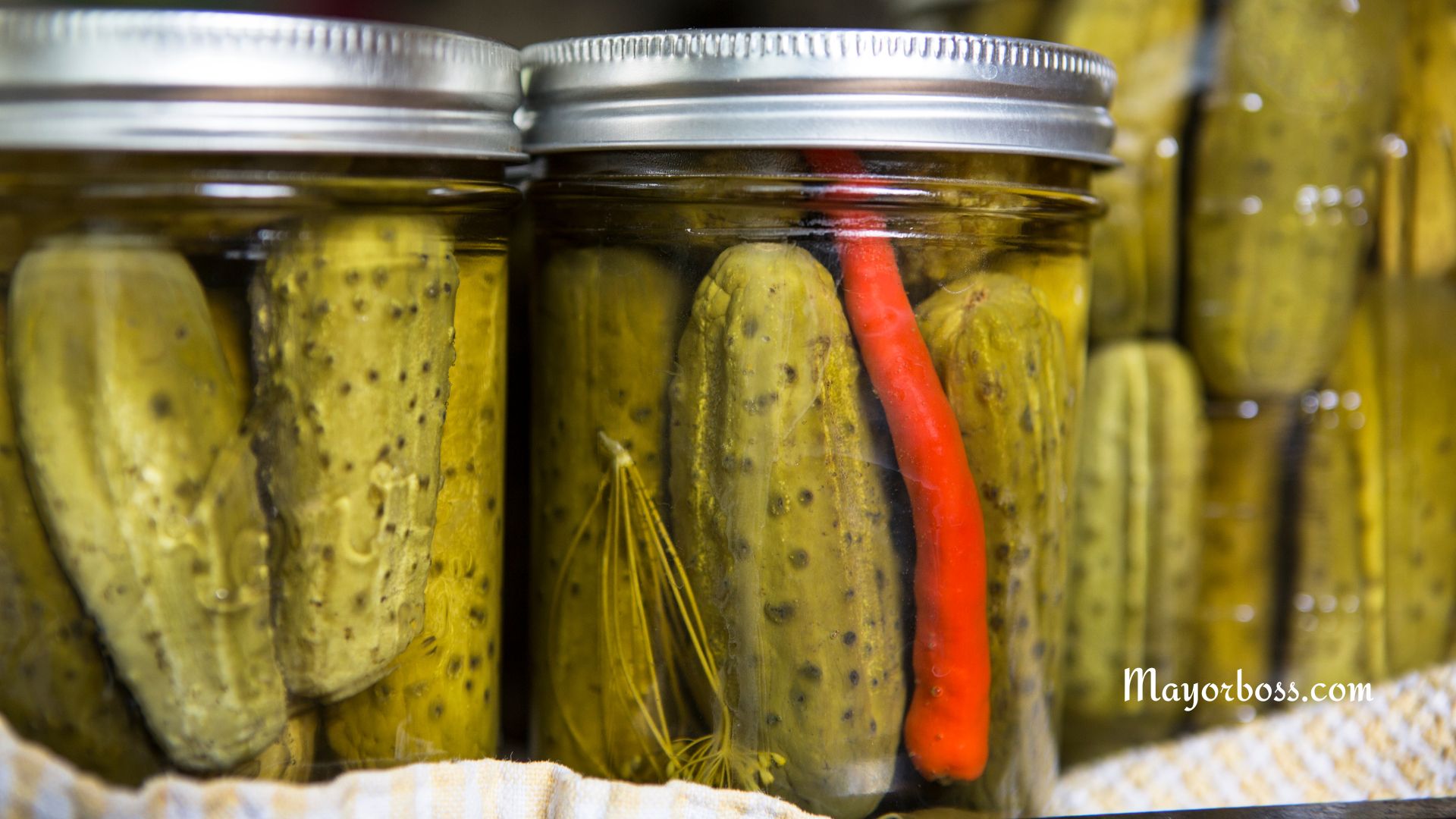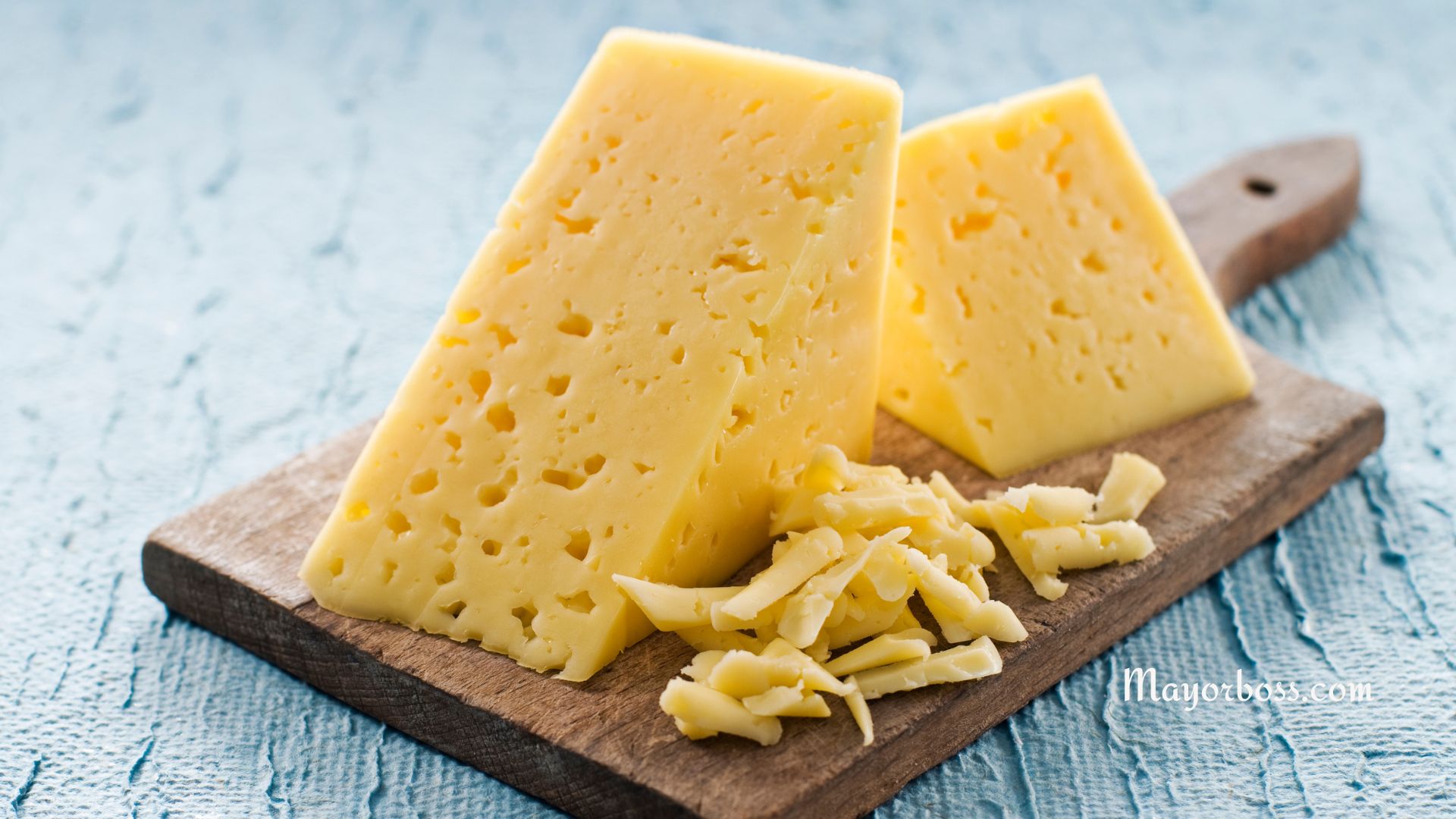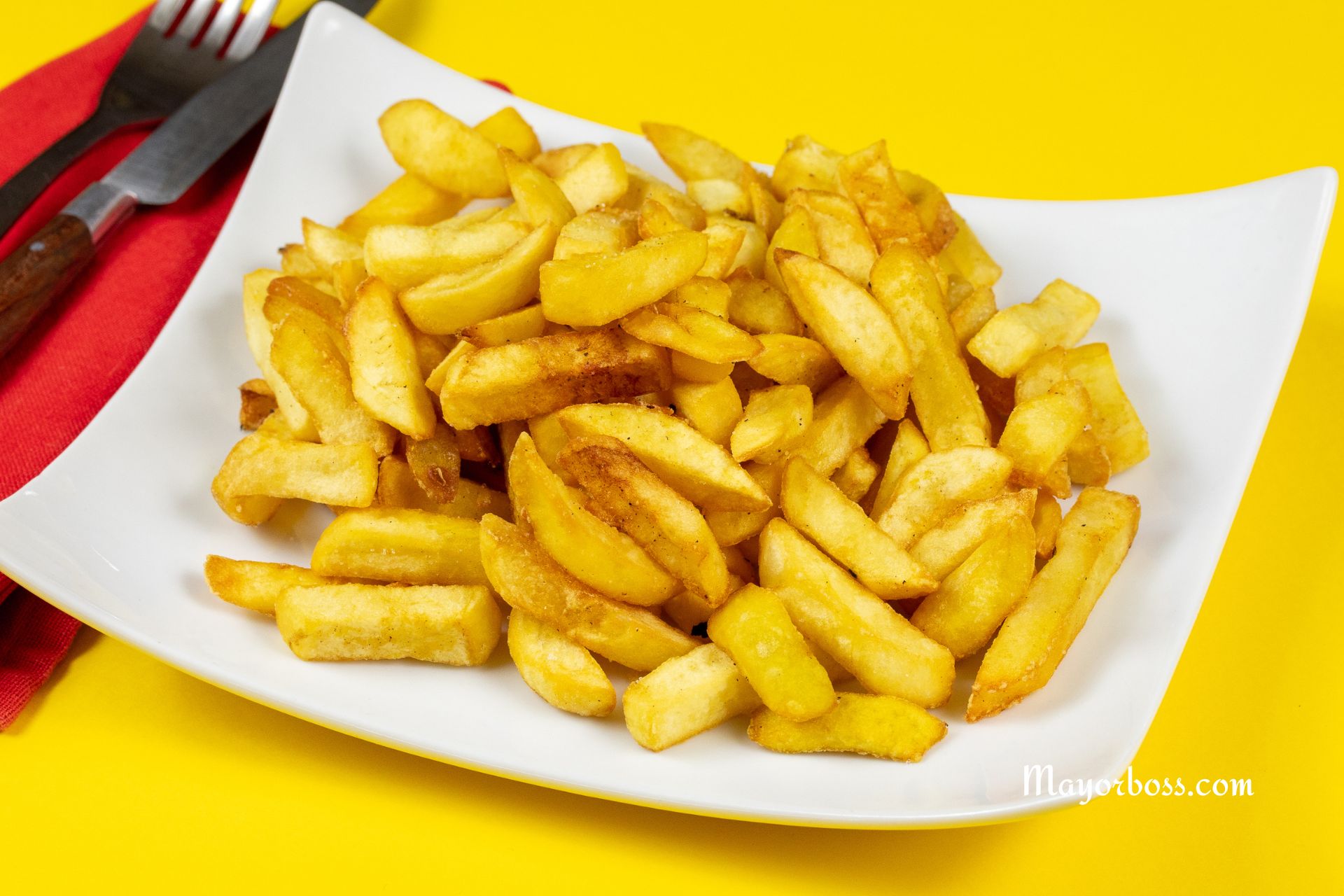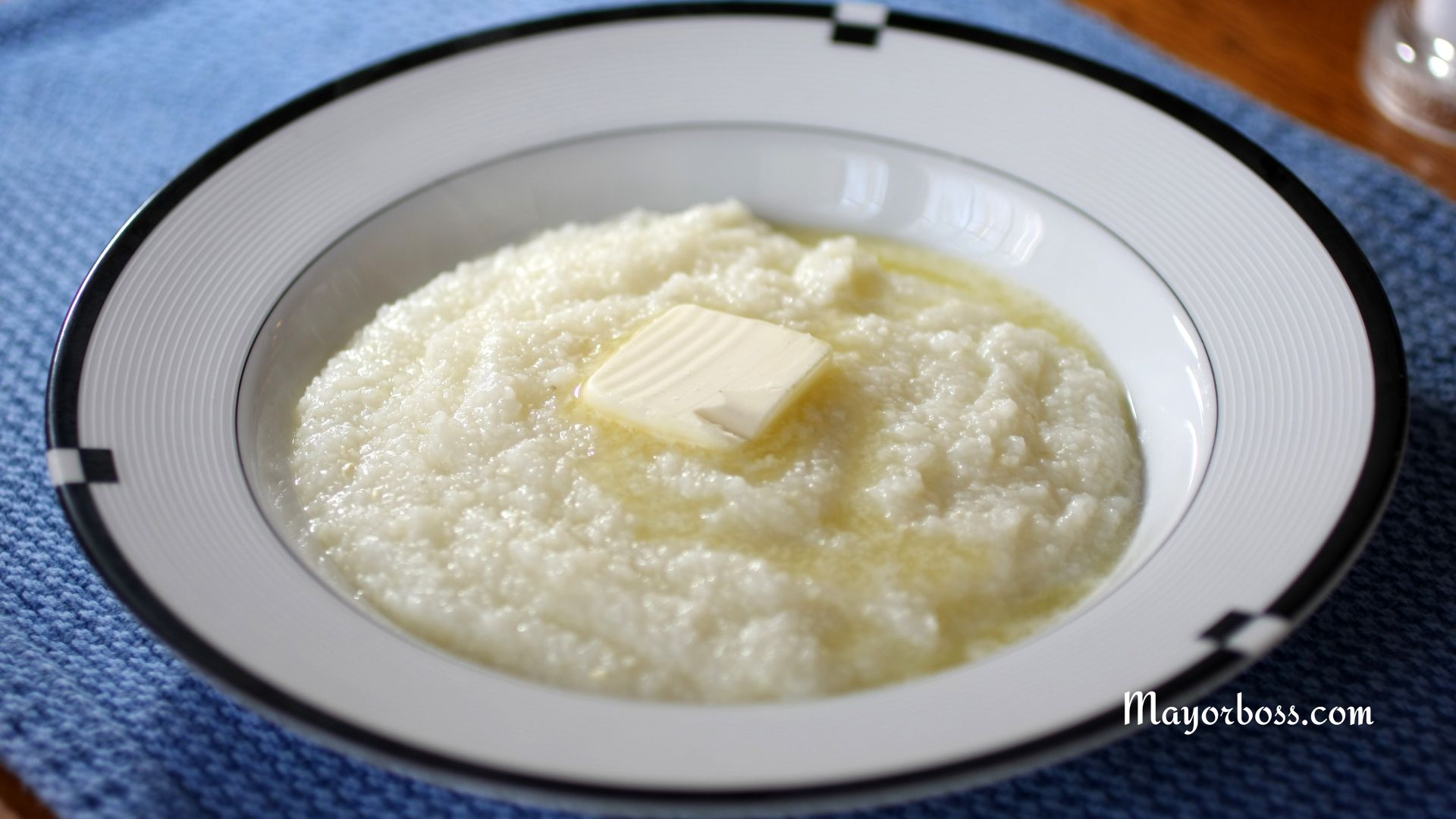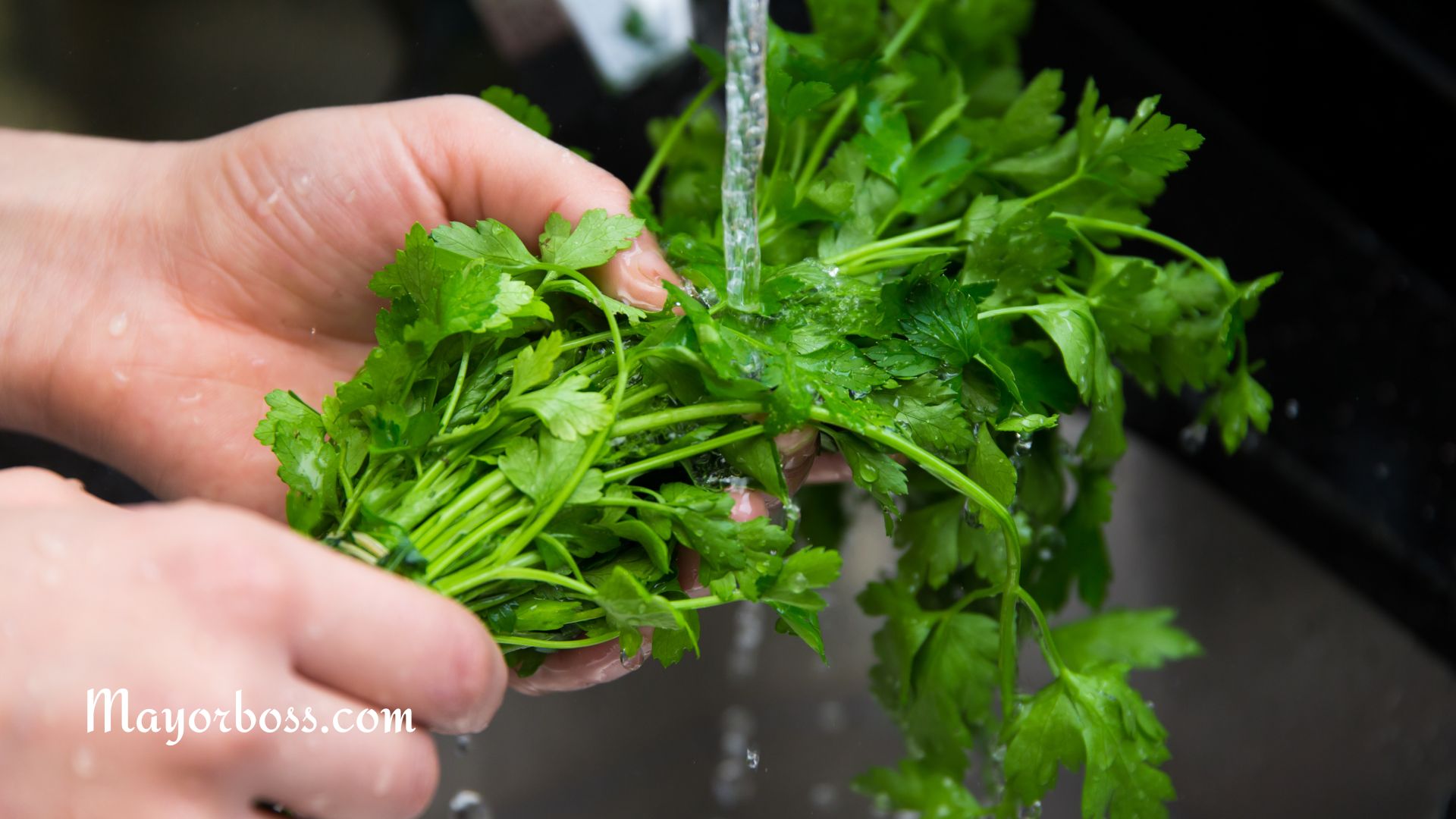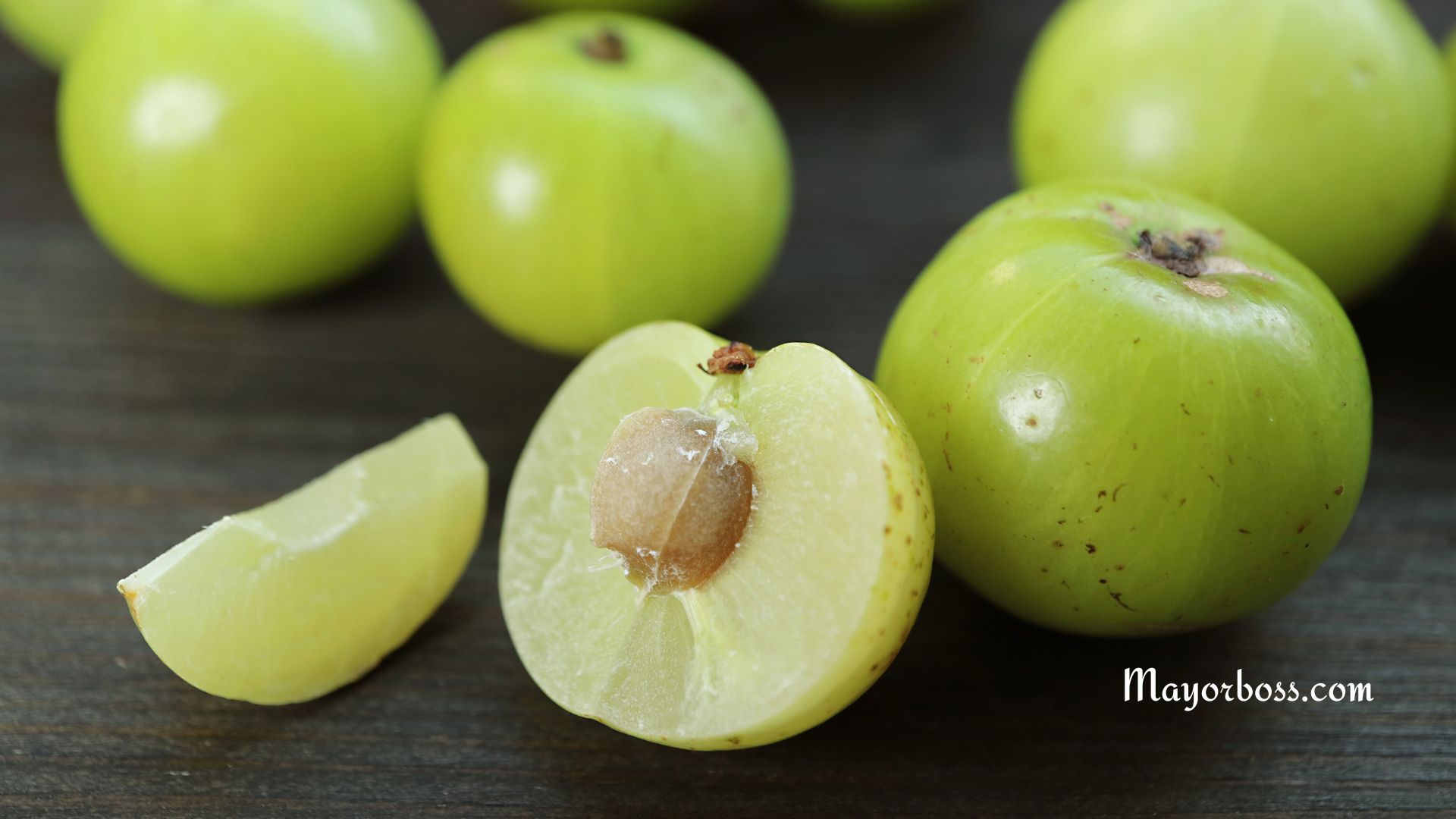15 Foods High in Dietary Fiber
Dietary fiber is a crucial element of our diets that often goes unnoticed and underappreciated. While we often focus on getting enough protein, vitamins, and minerals, fiber sometimes gets forgotten. But it’s essential for digestive health, weight management, heart health, and so much more. Let’s explore why fiber is important and explore a list of delicious, high-fiber foods to add to your daily meals.
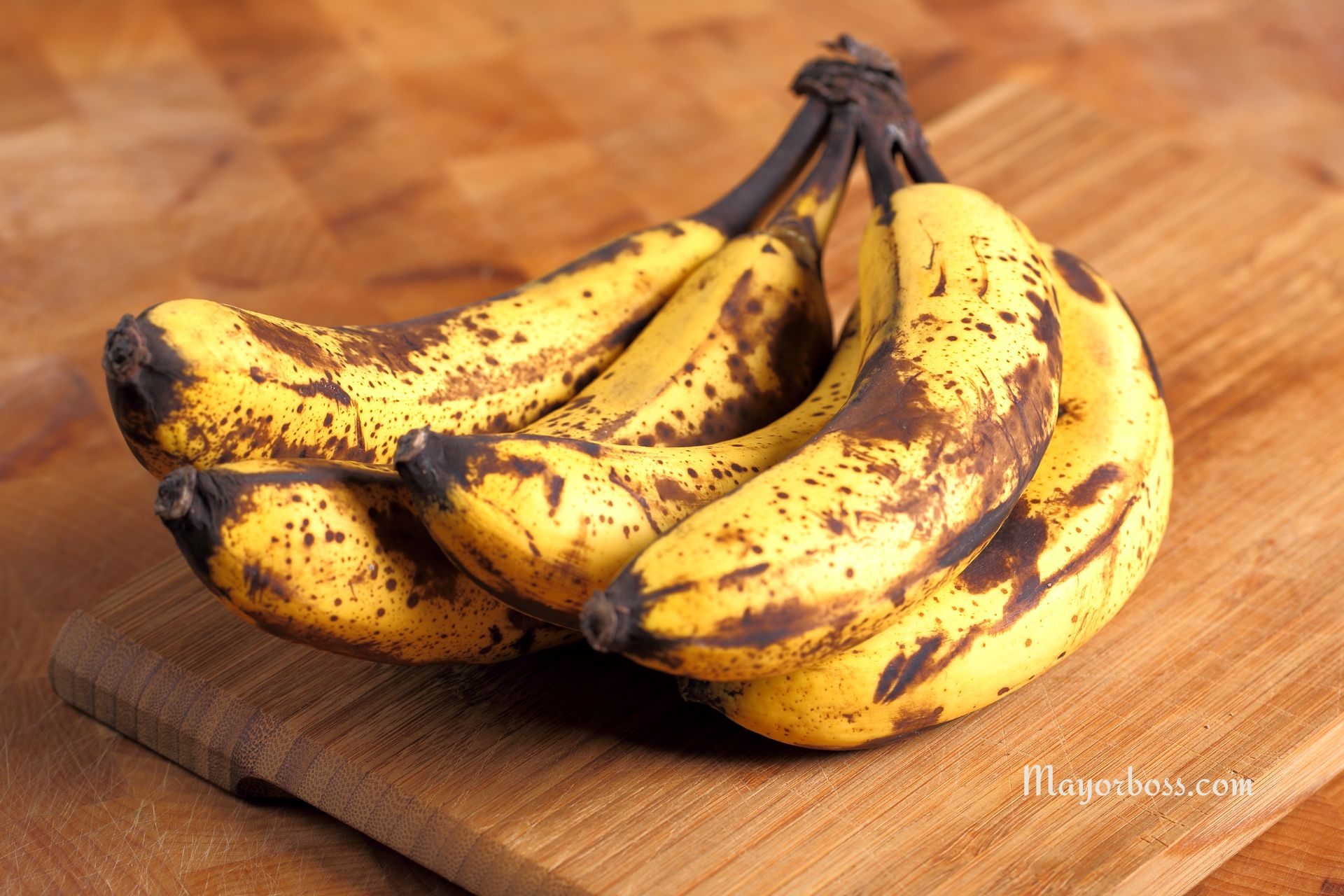
What Exactly Is Fiber?
Fiber, also known as roughage, is a type of carbohydrate found in plant foods that your body can’t fully digest. While other carbohydrates turn to sugar, fiber largely passes through our system undigested. There are two main types of fiber:
- Soluble Fiber: Soluble fiber dissolves in water, forming a gel-like substance. It helps lower cholesterol levels, improve blood sugar control, and increase feelings of fullness.
- Insoluble Fiber: This type of fiber doesn’t dissolve in water but rather adds bulk to our stools. It supports regular bowel movements and overall gut health.
Why Do We Need Dietary Fiber?
Here’s why making friends with fiber is a great idea:
- Digestive Health: Fiber keeps our digestive system working smoothly, preventing constipation and encouraging regular bowel movements.
- Weight Management: High-fiber foods are usually nutrient-rich and low in calories, making them excellent for feeling full and satisfied while eating fewer calories.
- Heart Health: Soluble fiber helps lower bad cholesterol (LDL) levels, contributing to better overall heart health.
- Blood Sugar Control: Both soluble and insoluble fiber aid in slowing down the absorption of sugar, thus leading to more stable blood sugar levels. This is especially important for people with diabetes or at risk of developing it.
15 Tasty High-Fiber Foods to Enjoy
Incorporating fiber into your diet doesn’t have to be boring. Here’s a diverse selection of delicious foods that deliver a solid fiber punch:
Fruits
- Raspberries: One cup packs a whopping 8 grams of fiber.
- Pears: A medium pear offers about 5.5 grams of fiber.
- Apples: Enjoy an apple with the skin on for about 4.5 grams of fiber.
- Bananas: One medium banana offers around 3 grams of fiber.
- Avocados: These creamy fruits provide a substantial dose of healthy fats along with 7 grams of fiber per half.
Vegetables
- Artichokes: One medium artichoke contains a remarkable 7 grams of fiber.
- Brussels Sprouts: Enjoy a cup of these delightful mini cabbages for 4 grams of fiber.
- Broccoli: Packed with nutrients, one cup of cooked broccoli provides 5 grams of fiber.
- Green Peas: Add these sweet vegetables to your diet with 9 grams of fiber per cup.
Legumes
- Lentils: Lentils are superstars, with 16 grams of fiber per cup (cooked).
- Black Beans: Rich in protein and fiber, one cup of cooked black beans delivers 15 grams of fiber.
- Kidney Beans: A great source of both fiber and protein, with 13 grams of fiber per cooked cup.
- Split Peas: Another fiber-filled choice, providing 16 grams per cup (cooked).
Grains
- Oatmeal: Start your day right with a bowl of oatmeal for a 5-gram fiber boost.
- Popcorn: Air-popped popcorn is a surprisingly great source of fiber, with 15 grams in 3 cups.
Frequently Asked Questions (FAQs)
Q: How much fiber do I need daily?
A: The daily recommended fiber intake for adults is 25 grams for women and 38 grams for men.
Q: Should I focus on soluble or insoluble fiber?
A: Aim for a mix of both soluble and insoluble fiber in your diet, as they both offer valuable health benefits.
Q: Can I overdo it with high-fiber foods?
A: Increasing your fiber intake too quickly can cause gas and bloating. Gradually increase your intake over a few weeks, and drink plenty of water to aid digestion.

